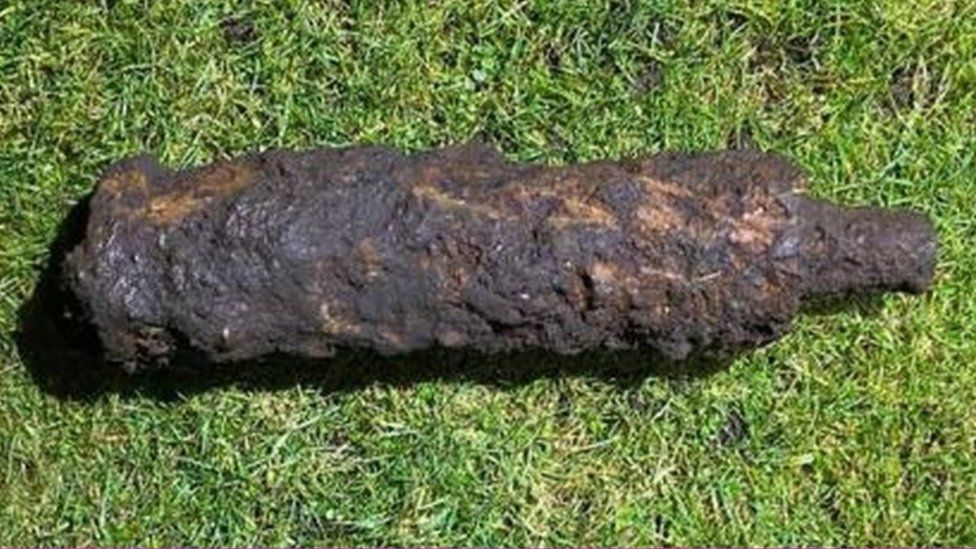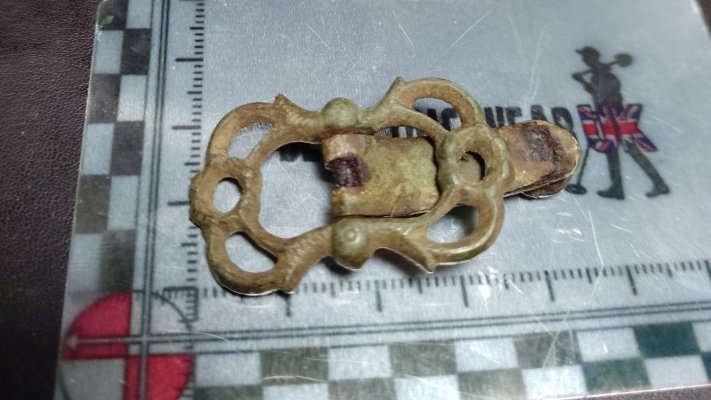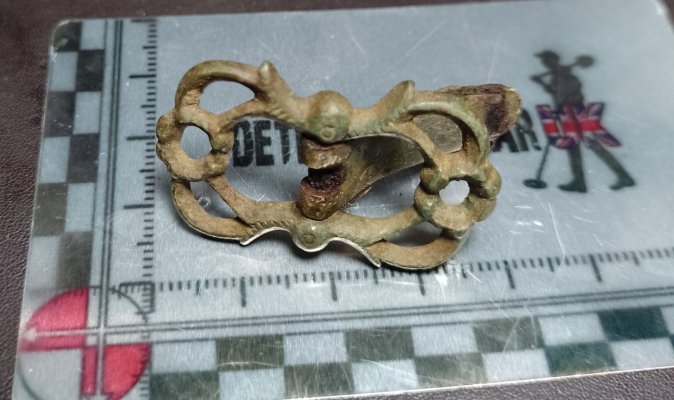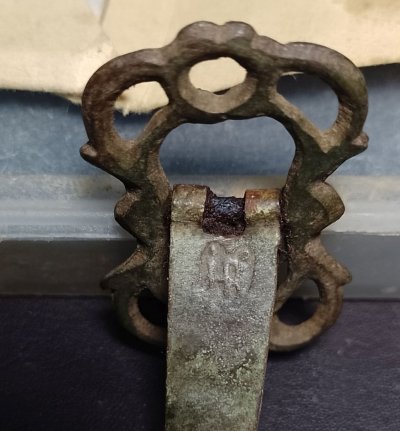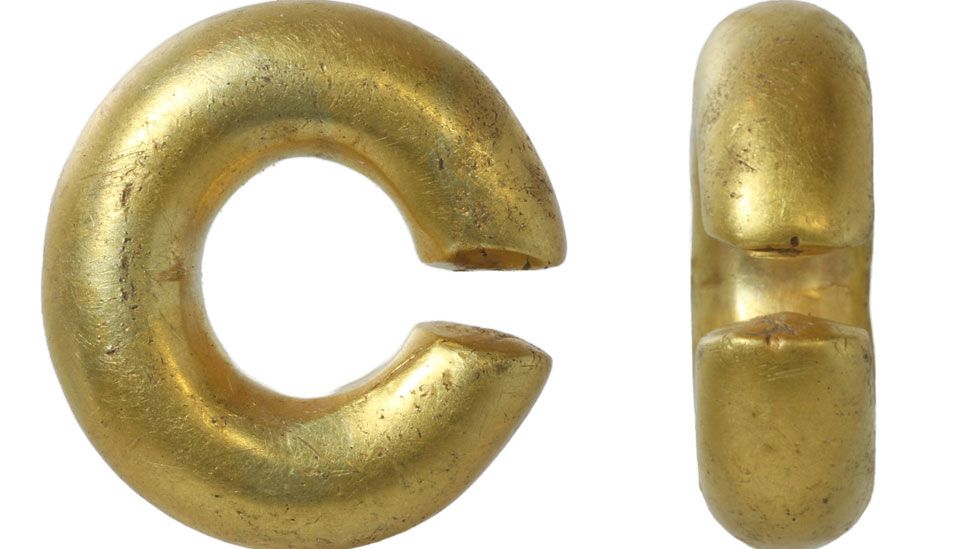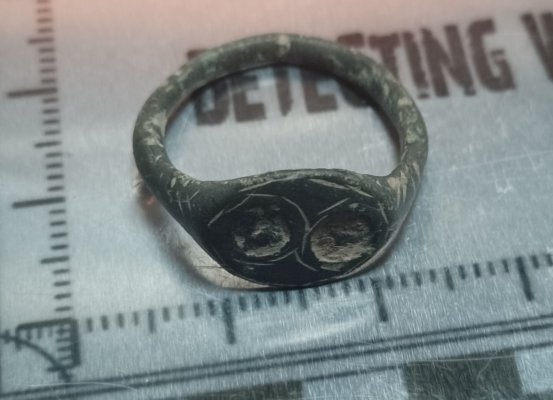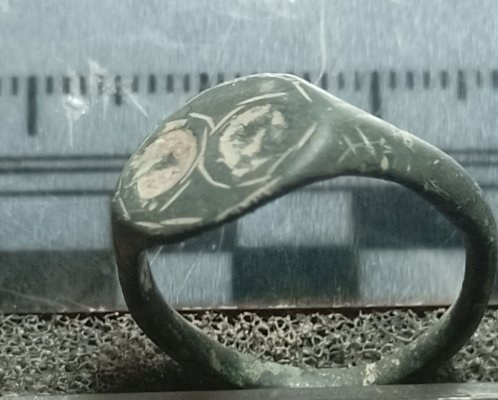Another Bronze Age find by a detectorist; if he had a brass neck he wouldn't have declared it.
An "incredibly mysterious" gold Bronze Age penannular ring has been unearthed by a metal detectorist.
The 14.5mm (0.5in) ring, which was found in north Norfolk, was made more than 3,000 years ago.
Finds liaison officer Helen Geake said an "amazing amount of workmanship" went into creating the ring, which is gold-plated over a metal core.
Norfolk Coroner's Court has opened an inquest into the find and Norwich Castle Museum hopes to acquire it.
About 12 gold penannular rings have been found in the county since the Portable Antiquities Scheme was set up in 1997.
IMAGE SOURCE ,ANDREW WILLIAMS/NORFOLK COUNTY COUNCIL Image caption, The people who had the skill to work metal were "seen as almost wizards" during the Bronze Age
Dr Geake said they were "incredibly mysterious" and their exact use was not clear. If they were created to decorate an ear or nose, it was not clear how they were attached, she added.
"All we know is having a lot of gold was important to Bronze Age people and they made the most of the tiniest bits, from sources such as natural gold nuggets," she said.
A penannular ring is a ring with a small part of its circumference missing. ...
https://www.bbc.com/news/uk-england-norfolk-64890939


